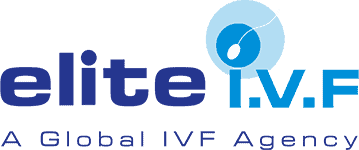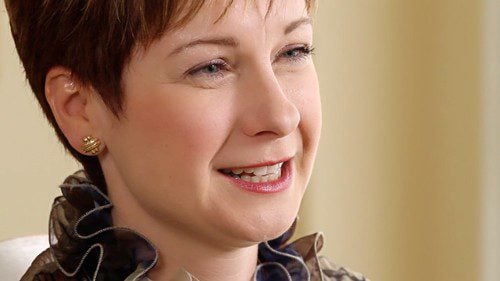The following blog post was authored by ELITE IVF Founder and CEO, David Sher. It’s an excerpt from the book Embrace Your Fertility: Your Fertility Options Explained by Eight Experts, by Dr. Timea Belaj Rak.
For over a decade, if you were our patient and had decided to proceed with egg donation, you had a lot of choice in terms of where to go for treatment (Europe, USA, Mexico, Panama, etc.) but only one way to do it—fresh egg donation. This has been a great solution for our Canadian patients since 2004, as we have seen hundreds become parents though the process, not once but even twice or three times when they came back to repeat it for siblings using the same egg donor.
Since then, significant changes have taken place including one of the most profound—a freezing technology known as vitrification, or “fast freezing.” Previously, eggs or embryos were frozen through a process known as “slow freeze.” This process produced thaw survival rates of about 60 percent. Eggs did not survive the thawing process, so it was mainly applicable to the freezing of embryos. With the arrival of vitrification, thaw survival rates went up to almost 100 percent, rendering the need for doing things “fresh” unnecessary.
First to Bring Frozen Eggs to North America
Around 2011, ELITE IVF became the first to bring frozen eggs to North America, which meant that flying to a destination clinic wasn’t necessary anymore. A patient would select a donor with us as they always did, and then we would stimulate, collect and freeze that donor’s eggs. The eggs would be shipped to North America where the patient’s clinic would thaw them, fertilize them, and do the embryo transfer. A new method of egg donation was born!
Unfortunately, the initial road was bumpy. In our pilot program with one of Canada’s leading IVF clinics, most of the patients did get pregnant but the experiment uncovered a major flaw with frozen donor eggs. Our patients would receive twelve eggs, but after thawing, instead of getting an average of five to six blastocysts (embryos that have spent five days developing in the IVF lab after initial fertilization), we would see between one and two. Fortunately, that was all patients needed to get pregnant, but from a clinical and professional perspective, we were having cold sweats at night. What if those few embryos do not achieve a pregnancy? There were not enough embryos in reserve to help the patient carry on with repeated attempts.
Frozen Embryo Program
In our relentless efforts to pave a better fertility path for our patients, we decided to change our approach; we froze semen in Toronto and shipped it to our center in Europe. Using the same egg donors, we repeated their egg donation cycles, but this time, instead of freezing the donor eggs, we fertilized the eggs while they were fresh. The results were drastically different, and better. We suddenly achieved the five to six blastocysts per patient that we would normally expect to see. So, we froze the embryos and shipped them back to Canada. In each case, one blastocyst embryo was thawed back in Canada and transferred to the uterus of the patient, resulting in an ongoing pregnancy and a birth. This was a turning point in our history, and possibly in how treatments were being done in North America. Our signature egg donation program was born—the frozen embryo program!
The Program Today
Today, the frozen embryo program is our recommended program for egg donation in North America. We create frozen embryos from donor eggs abroad, using a fresh egg donation cycle, but we do the embryo transfer back in North America. It is the culmination of 15 years of work, and everything we have learned to date, packaged into an amazing way of doing egg donation. Now you don’t need to travel abroad. You are still welcome to do it if you want an excuse for a vacation, but by using our frozen embryo program, you can stay at home — while we bring the egg donation to you.
All you have to do is:
- select an egg donor
- freeze a semen sample
- and sit back and relax.
In about forty-five to fifty days, the frozen embryos created with your semen and the donor eggs will arrive at your home fertility clinic. This process is successful because we use a fresh egg donation cycle and then freeze the resulting embryos. We also guarantee a minimum of four blastocysts based on twelve to sixteen mature eggs per donor cycle. This approach has produced a number of amazing benefits that we never imagined when we started, and it seems to be the standard way of doing egg donation for the foreseeable future.
Today, our frozen embryo program is delivering the same or better pregnancy success rates than our fresh egg donation program. Everything is predictable and manageable. There is a set timeline for the delivery of embryos, the clinical outcome is guaranteed, and your home clinic does not have to stress, since it knows it will be getting frozen embryos whose quality is easy to ascertain and measure.
Contact us today at +1 (866) ELITE IVF or [email protected] to ask about our frozen embryo program.


